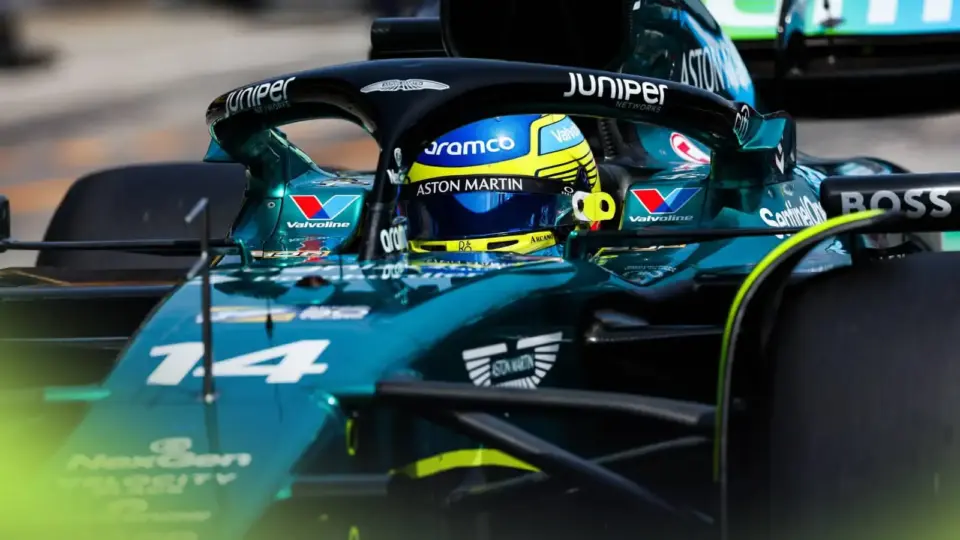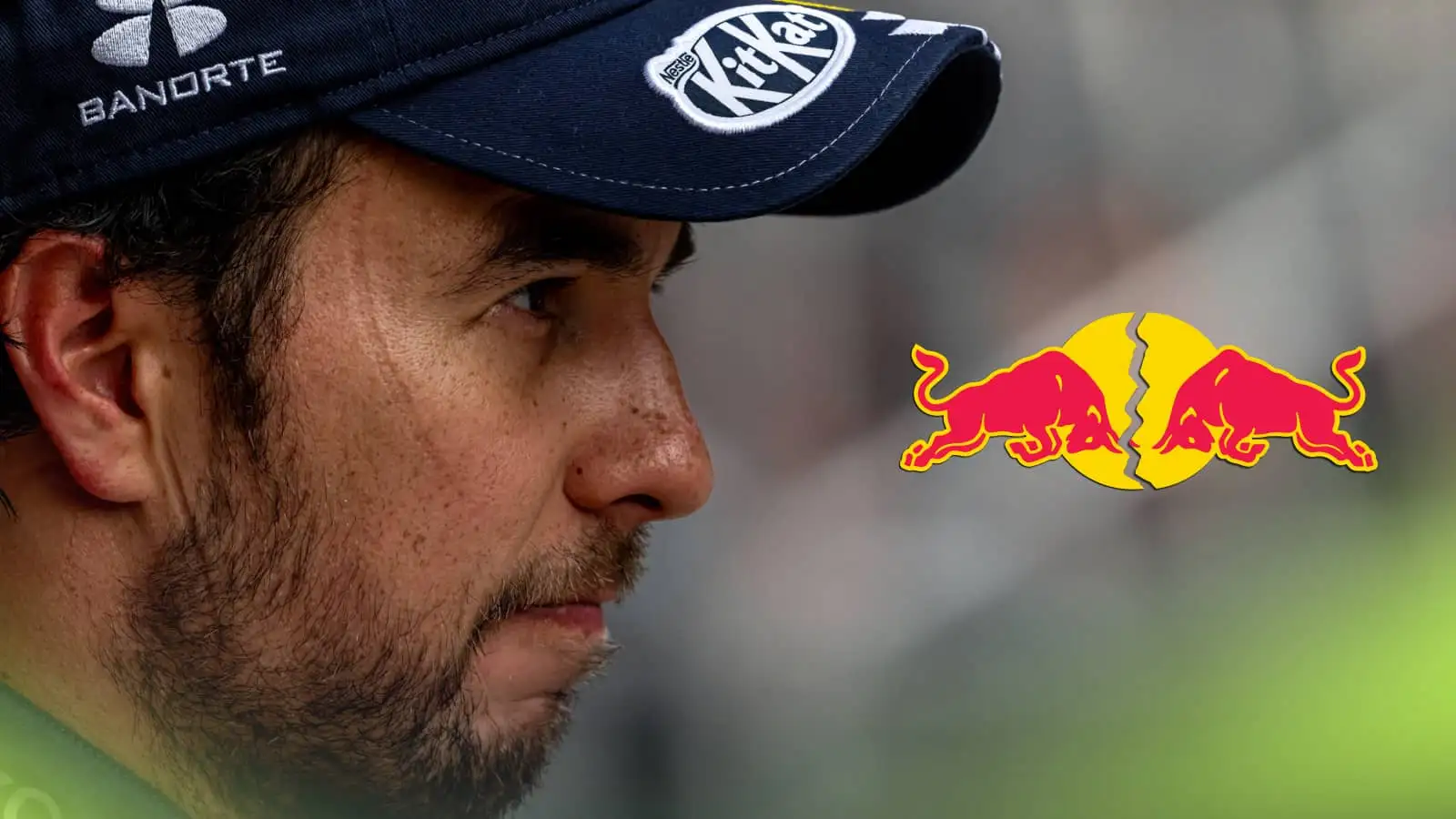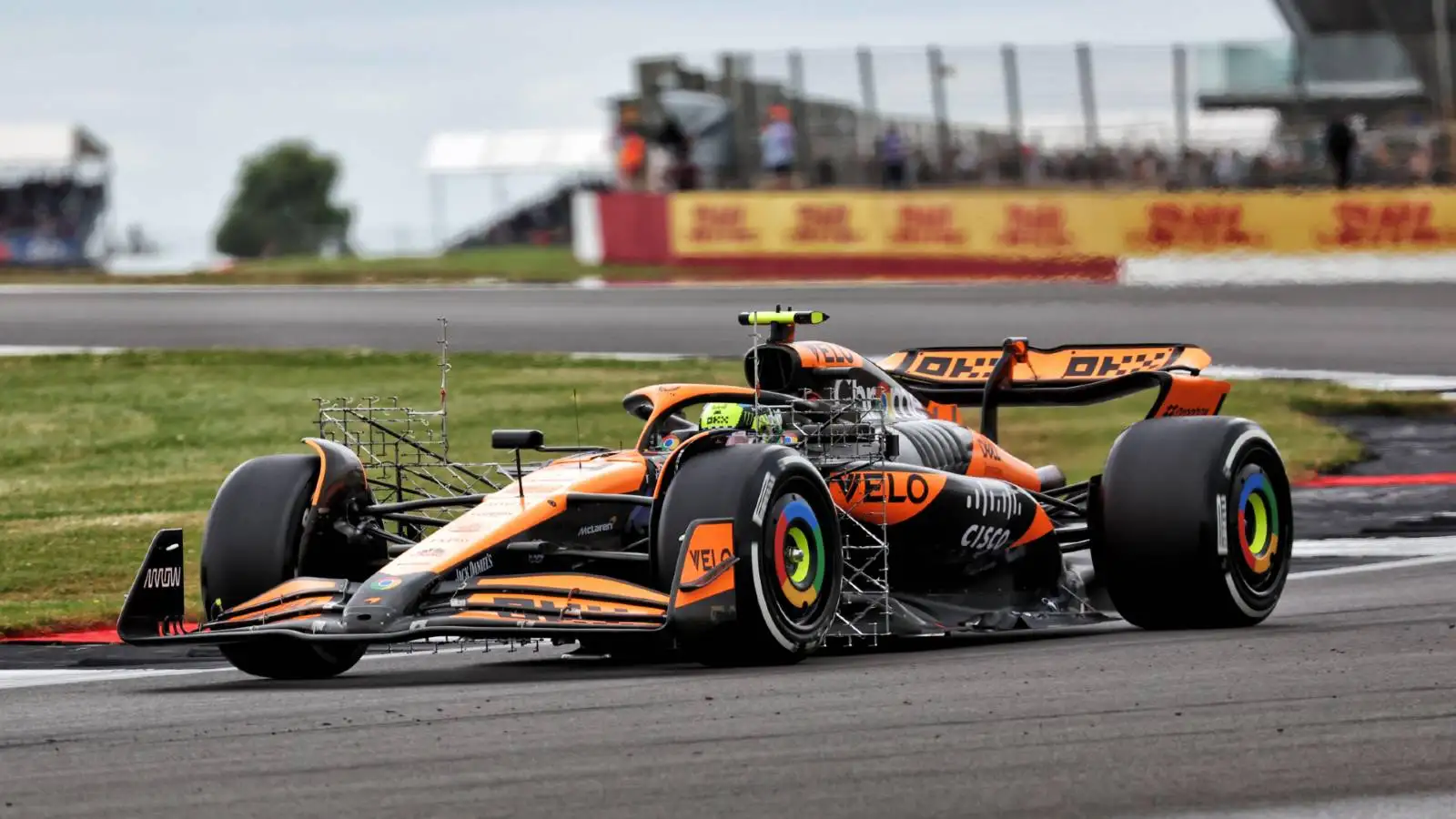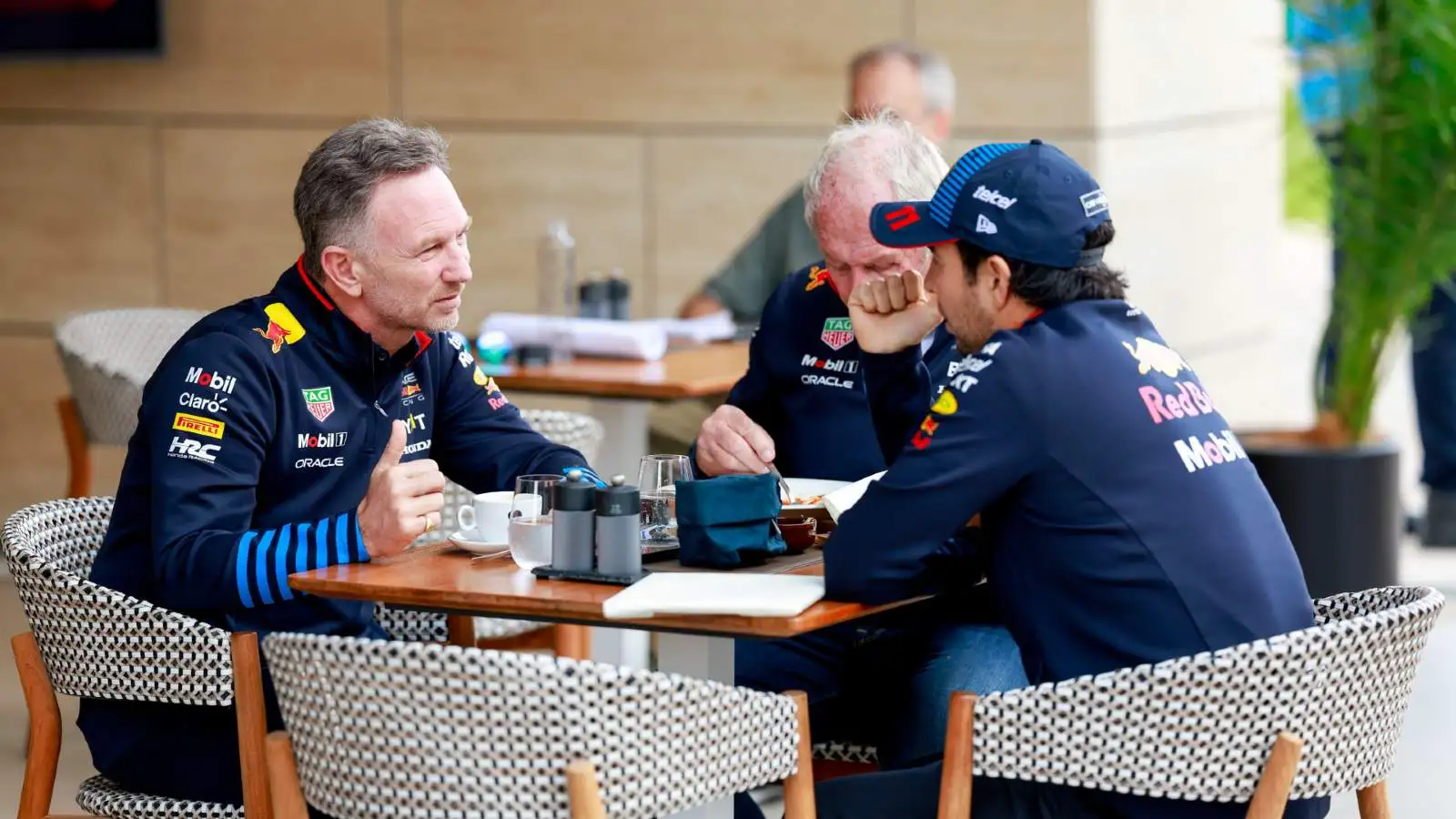The F1 summer shutdown has kicked off, and you might be wondering, what does this break actually involve?
This year’s record-breaking season stretches from February to December with 24 intense races. The summer shutdown, a vital respite for drivers and their teams, is mandated by the 2024 FIA F1 sporting regulations. Specifically, Article 24.1 requires a 14-day consecutive break in July or August. During this period, teams found breaking the rules face penalties from the FIA.
The regulations are straightforward: no work related to car performance is allowed. This means no design, research, wind tunnel time, or even work-related emails and phone calls. Mercedes Chief Operating Officer Rob Thomas explains that while 95% of the team is hopefully relaxing on the beach, there’s still plenty happening behind the scenes.
The two-week break is the only time teams can address tasks they can’t usually get to. Maintenance work is carried out by external contractors, who descend on the factory to give everything a thorough once-over. Machines get serviced, some even replaced, and all utility systems like air conditioning and heating get their annual check and repair.
Thomas mentions that maintenance can involve power shut-downs without disturbing operations. You might think it’s about cleaning and repairs, but the shutdown allows significant changes. For example, this year, four machines are being replaced, and floors will even get a fresh coat of paint.
The integrity of the shutdown is mostly self-policed, since people move between teams, making it hard to keep any violations a secret. Thomas adds that the FIA could technically inspect at any time, but he’s never heard of such checks happening. He trusts everyone is too eager for a break to risk breaking the rules.
Not all departments go quiet during the shutdown. Activities not directly related to car performance, including commercial areas or finance, continue as usual. For example, end-of-month finance tasks still need to be completed, and ongoing construction projects benefit from having fewer cars and people around.
In summary, the summer shutdown is a crucial period where teams can regroup, maintain their equipment, and ensure everything runs smoothly when they are back. It’s a time to recharge and reset, making sure that the latter part of the season is as competitive and thrilling as the start.
The F1 summer shutdown is essential for maintaining the high standards of the sport and giving everyone a much-needed break. It’s a carefully orchestrated pause that benefits both the teams and the overall competition.










